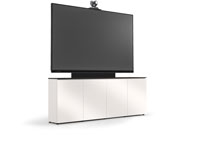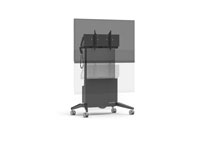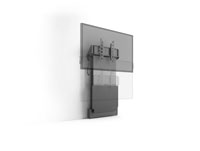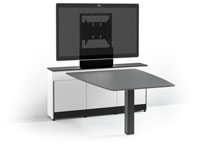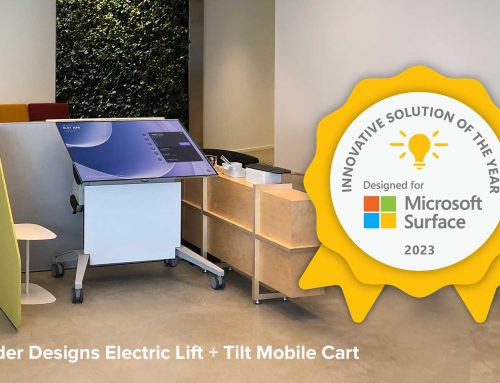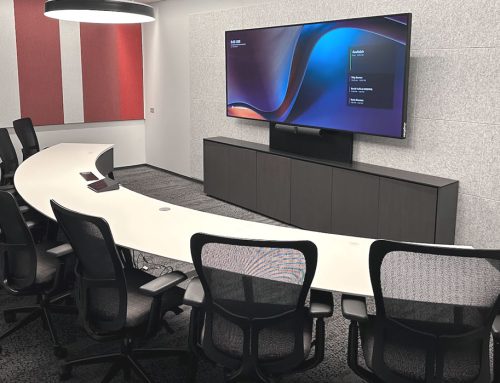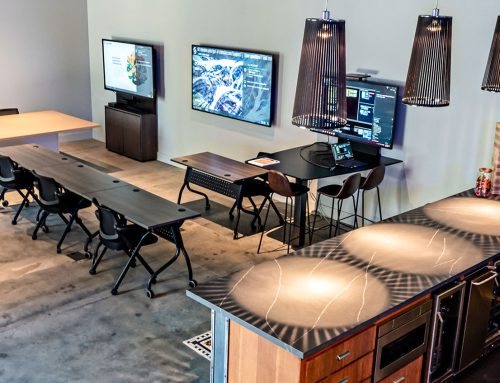Sometime later this year, Microsoft will sell a new family of Windows 10 devices called Surface Hub with the aim of unlocking team collaboration in innovative new ways. If you think of Surface tablets as Windows expressed as hardware for individuals, Surface Hub is basically the same thing, but for teams. And now that I’ve finally had a chance to actually use this device, I’m hooked. Surface Hub is the real deal.
If you’re familiar with the lineage of Surface, you probably know that Surface Hub is essentially a more modern take on the original Surface “big ass table” and the Perceptive Pixel (PPI) displays, which Microsoft purchased. I was lucky enough to use a PPI display during my appearance at the Windows 8 launch in New Zealand in 2012, so this experience provides a frame of reference for what’s new with Surface Hub.
At a superficial level, Surface Hub seems similar to a PPI display. But the two devices are in fact fundamentally different. Where PPI was just a giant screen with pen and touch capabilities, Surface Hub is an integrated device with onboard computing, two 1080p cameras, multiple sensors, stereo speakers, a 4-mic array and a special communal version of Windows 10 and integrated apps for communication, whiteboarding, and more. And it supports 100 simultaneous touch points and three simultaneous pen points.

